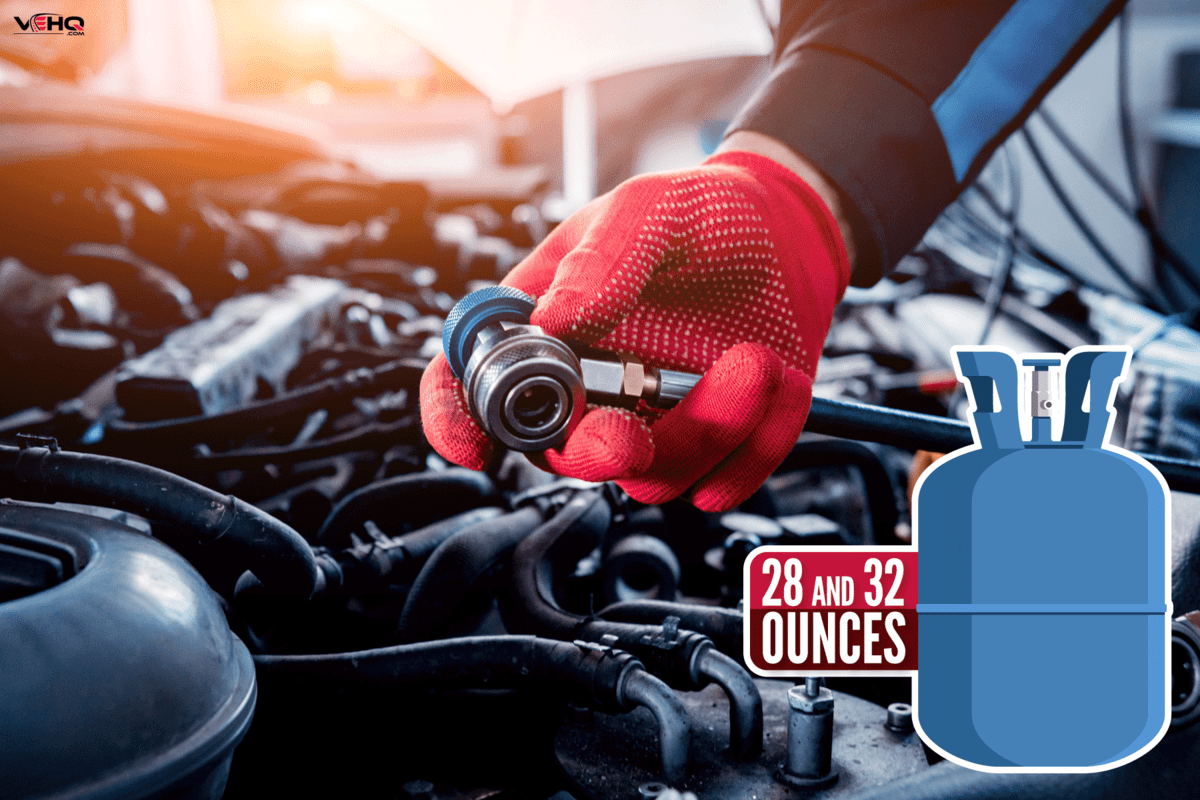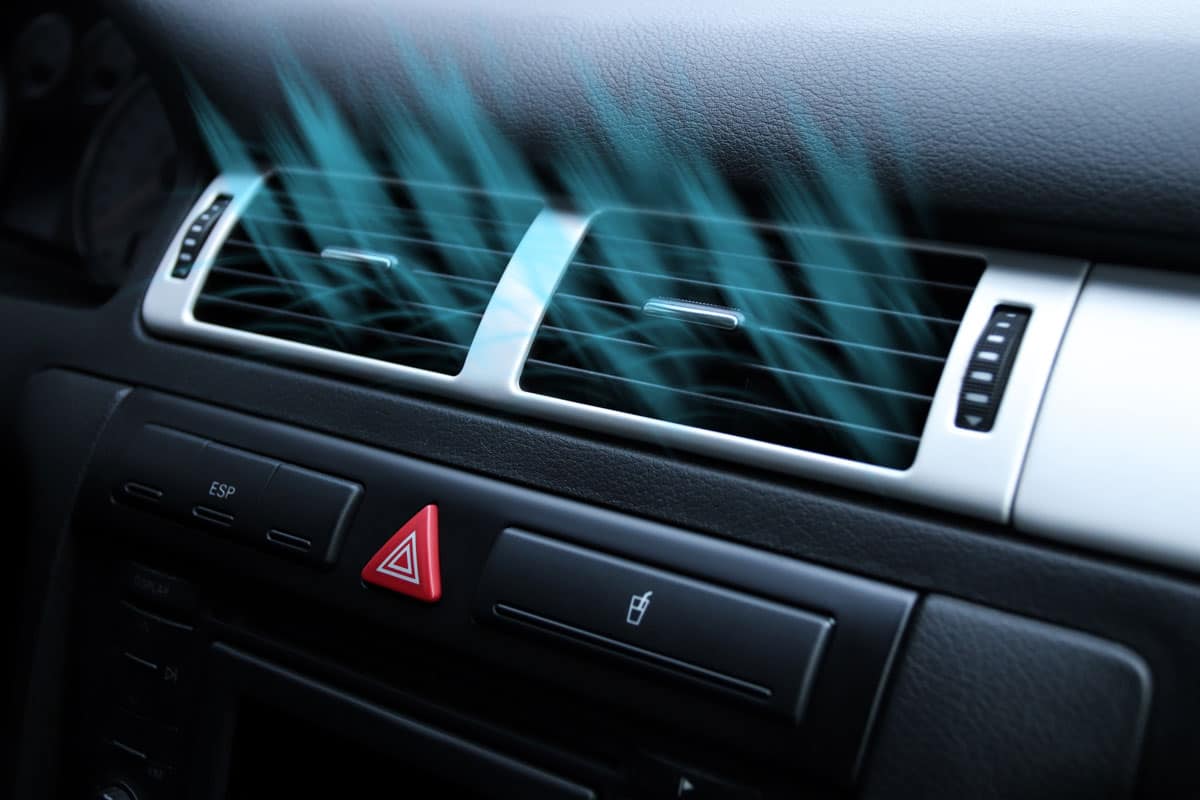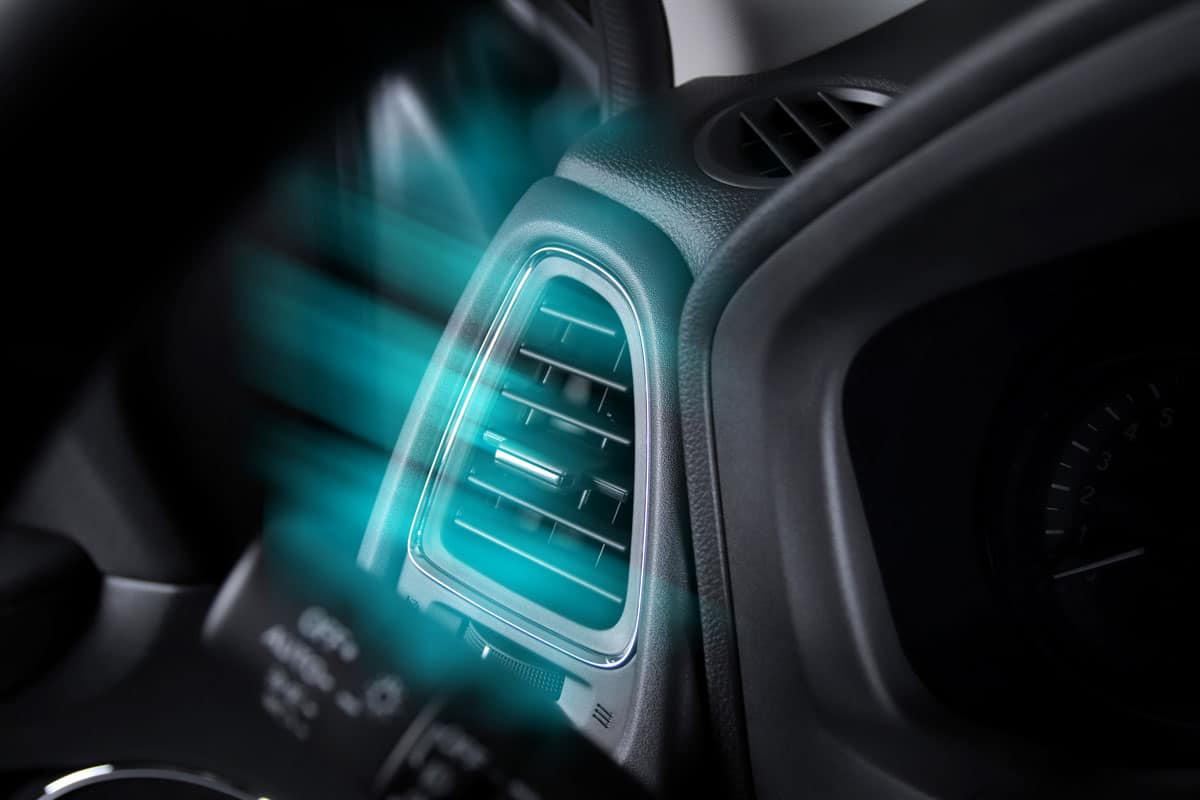AC Avalanche Premium is a refrigerant recharge kit compatible with R-134a automotive airconditioning systems. Using this kit, you can recharge your car's refrigerant and seal minor leaks in the air conditioning system. So how do you use AC Avalanche Premium refrigerant on your car? Here's what our research has uncovered.
The AC Avalanche Premium Recharge Kit's hose plugs into the air conditioning system's low-side service port. With the engine running and the air conditioning on full blast, recharge the system by pressing the button on the refrigerant can's top. You can stop charging once you achieve the recommended pressure or when the included Smart Clips change in color.
Would you like to know more about the step-by-step instructions on how to use the AC Avalanche Premium Recharge Kit? Read on, because we've also included some tips for diagnosing whether you need a refrigerant recharge.
How Do You Use AC Avalanche Refrigerant?
AC Avalanche manufactures refrigerant recharge kits specifically for automotive air conditioning systems. Aside from selling several airconditioning recharging equipment, the company markets three main variants of refrigerant products:
- AC Avalanche (Regular)
- AC Avalanche Premium
- AC Avalanche Ultimate
All of these variants have chemical additives that aim to stop small leaks in o-rings and other rubber components along the closed and pressurized system.
Among AC Avalanche's different refrigerant kits, the Premium variant is the only one that is safe for use on hybrid and electric vehicles with non-belt-driven airconditioning compressors. Nevertheless, each variant has its own advantages for different customers.
Although AC Avalanche offers different recharge kits, all variants have similar usage instructions. Except for the lack of Smart Clips in the Regular recharge kit, all steps are the same regardless of the variant.
Common AC Avalanche recharge kits come with the following items:
- An 18-oz. can of refrigerant mixture, containing 17 oz. of R-134a refrigerant and 1 oz. of a specific additive.
- Polyalkaline glycol (PAG) oil for the regular variant
- Hybrid-safe oil for the Premium variant
- Super-Chill Formula for the Ultimate variant
- Pressure gauge (analog or digital) in pounds per square inch (PSI) calibration
- Smart Clips - for Premium and Ultimate variant
- Flexible recharge hose
How Do You Use Avalanche Refrigerant With A Gauge?

- Remove the Smart Clips (for Premium and Ultimate variants) from the can and install them on the center air conditioning vents in the vehicle.
- Connect one side of the recharge hose to the top of the refrigerant can. Ensure that the connector locks properly, and turn on the digital PSI gauge, if equipped.
- Locate the low-pressure side service port of your vehicle's air conditioning system under the hood.
- Start the engine (power on for hybrid vehicles) and turn on the air conditioning system to maximum coldness and airflow as well as recirculation mode. Close all vehicle doors and windows afterward.
- Shake the product can and connect the other end of the recharge hose to the low-pressure side service port. Ensure both sides have locked properly.
- Check the air conditioning system's internal pressure using the analog or digital gauge.
- Below 25 PSI - low on refrigerant
- 25 to 55 PSI - range for sufficient refrigerant, depending on the ambient temperature
- Above 55 PSI - overcharged or the compressor may not be functioning.
- Begin recharging the system by pressing the trigger at the top of the refrigerant can. Turn the can continuously between the 12 o'clock and 3 o'clock positions to facilitate the refrigerant's flow.
- Check the pressure gauge every 10 to 15 seconds to avoid overcharging. Stop recharging when the gauge shows the ideal pressure.
- Check the color of the Smart Clips inside the vehicle.
- First clip should turn from white to blue if the air is cold and the system is approaching optimum fill.
- Second clip should turn from white to green once the air reaches maximum coldness.
- If the ambient temperature is above 95 degrees Fahrenheit (35 degrees Celsius), only the first clip will change color to blue.
How Is R-134a Stored?
Once done recharging, remove the recharge hose's connection from the low-pressure side service port and reseal the port's cap. Store any non-empty refrigerant can in a cool, safe place. Avoid puncturing and exposing the leftover refrigerant can to temperatures above 120 degrees Fahrenheit (48.8 degrees Celsius).
Check out this video below to get a more visual understanding of the steps.
How Do I Know If I Have Enough Refrigerant In My Car?
Automotive air conditioners cool down your car's cabin by circulating the refrigerant between the low-pressure and high-pressure sides of the air conditioning system. This system's tubes and fittings are sealed by gaskets and o-rings to prevent the refrigerant from leaking out.
Over time, however, an air conditioning system can develop leaks. Depending on the severity of the leak, your refrigerant may escape quickly or slowly, sometimes taking months to be noticeable.
So what are the signs that you should watch out for with refrigerant leaks?
No Cold Air
Perhaps the most obvious sign that you're low on refrigerant is warm air flowing through your air conditioning vents. With very little to no refrigerant in the system, the blower will send out ambient-temperature air or engine bay-heated air.
Compressor Clutch Not Engaging
In belt-driven compressors, the clutch pulley may rotate even if the compressor does not activate. To transfer the force from the belt, the air conditioner's clutch engages and synchronizes the rotation between the pulley and the compressor rotor itself.
In normally-operating systems, you will hear the compressor activating a few moments after you turn on the air conditioner. Moreover, you may notice the compressor engaging and disengaging once in a while when your cabin has reached the preset temperature.
If there's insufficient refrigerant in the system, then the air conditioner's clutch will fail to engage. You won't hear any clicks and you will not notice any change in the engine's sound or revolutions per minute (RPM).
Visible Leaks
A visible leak in your air conditioning system means that you may be losing your refrigerant fast. Under normal ambient temperatures, the R-134a refrigerant is in a gas state. When pressurized, however, the refrigerant turns into liquid and may seep out in this liquid state through leaks in the air conditioning line.
You may see signs of these leaks as oily and dirty build-ups near the fittings or connectors along the air conditioner lines. On some occasions, you may also find them on the metal tubes or the compressor itself.
Some automotive experts advise using colored dyes to make leak detection easier.
Check out this popular leak-detection dye on Amazon.
How Much Refrigerant Should I Add To My Car AC?

Most cars use between 28 and 32 ounces of refrigerant in the air conditioning system. However, some newer cars with more efficient air conditioning systems use only 14 to 28 ounces of refrigerant. Always check your car's manual for the proper amount.
You may also find the manufacturer-specified refrigerant quantities somewhere near your air conditioner's condenser towards the front area of your engine bay.
What PSI Should I Recharge My AC To?

AC Avalance provides a pressure chart at the back of their refrigerant cans to guide users about the correct refrigerant pressure they should charge at specific ambient temperatures.
- 65 degrees Fahrenheit (18 degrees Celcius) - 25 to 35 PSI
- 70 degrees Fahrenheit (21 degrees Celcius) - 35 to 40 PSI
- 75 degrees Fahrenheit (24 degrees Celcius) - 35 to 45 PSI
- 80 degrees Fahrenheit (27 degrees Celcius) - 40 to 50 PSI
- 85 to 90 degrees Fahrenheit (29 to 32 degrees Celcius) - 45 to 55 PSI
- 95+ degrees Fahrenheit (35+ degrees Celcius) - 50 to 55 PSI
Do take note that this chart pertains only to the low-pressure side service port of the air conditioning system. When using this chart, always ensure that the compressure is functioning while reading the pressure gauge.
On the other hand, the high-pressure side service port should normally register between 225 to 250 PSI for R-134a systems.
How Do You Know If You Have Too Much Refrigerant In Your Car?
Because air conditioners involve pressurized refrigerants and moving mechanical parts, maintaining or recharging such systems is quite a sensitive process. If you're part of the majority who are not well-versed in automotive air conditioners, then it's best to leave it to the professionals.
When you use too much refrigerant, you are putting excessive strain on your air conditioning system, particularly the compressor. Here are a few indicators of an overcharged system.
- Air conditioner will not turn on
- Warm air blows out from the air conditioner vents
- Strained or overheating engine
- High reading on pressure gauge
Although warm air flowing through the vents is a symptom of an undercharged system, it also indicates an overcharged one. In an overcharged system, the compressor is working too hard and is unable to circulate the excessive refrigerant properly.
An overstrained compressor can eventually break down. However, while it continues to work extra hard, a belt-driven compressor also puts extra strain on the engine. Here's a video that can guide you on whether you've overcharged your system with refrigerant using only a low-pressure side gauge.
AC Avalanche Premium Price

AC Avalanche Refrigerant Recharge products are currently available through several distribution partners, including:
- Autozone
- Target
- O'Reilly Auto Parts
- Napa Online
- TSC Tractor Supply Co.
- Dollar General
- Blain's Farm and Fleet
- Menards
- HEB
- Meijer
An 18-oz regular kit with a reusable gauge sells for approximately $30, while a Premium variant of the same size goes for approximately $45.
Wrapping Up

You can recharge your vehicle's air conditioning system by using the AC Avalanche Premium kit's on the system's low-pressure side service port. However, instead of relying solely on the pressure gauge, you can use the Smart Clips to check when you have already transferred the correct amount of refrigerant.

